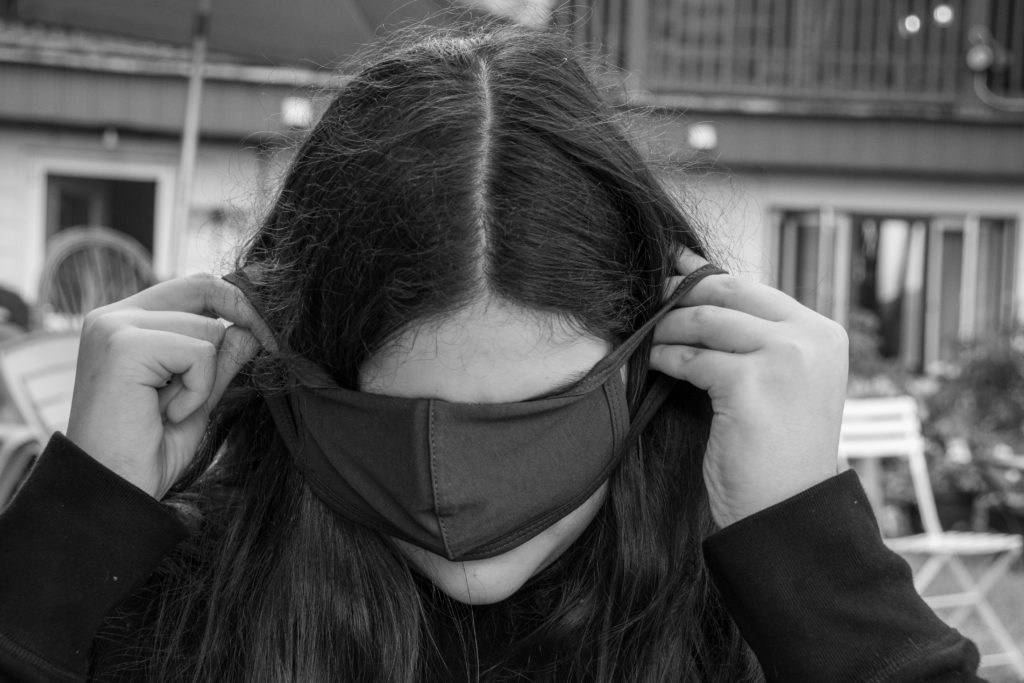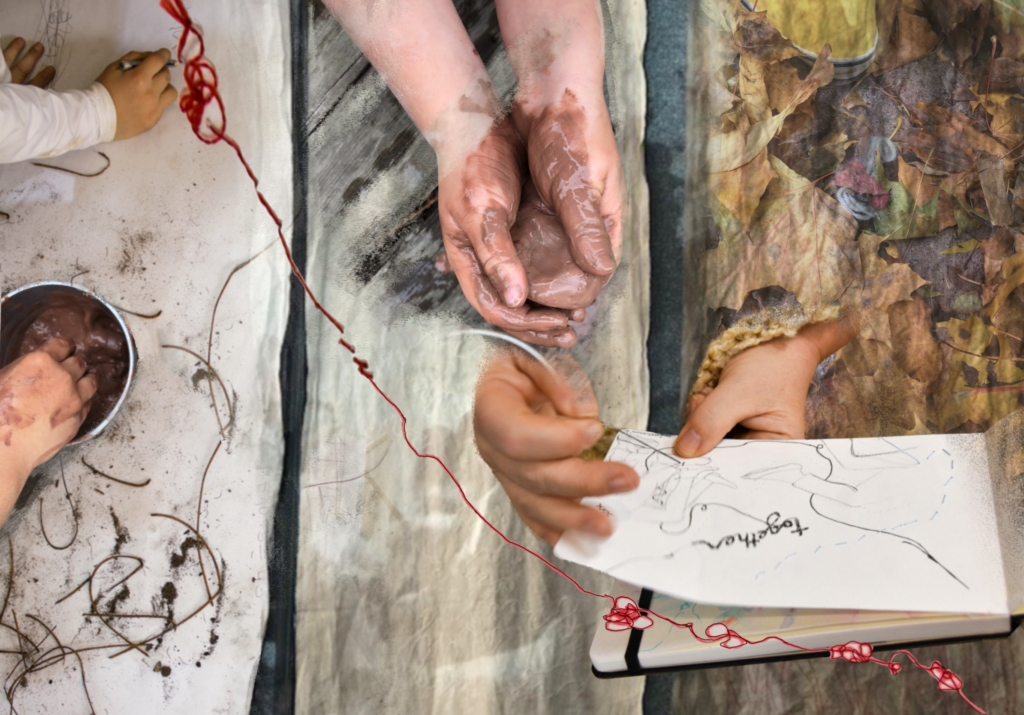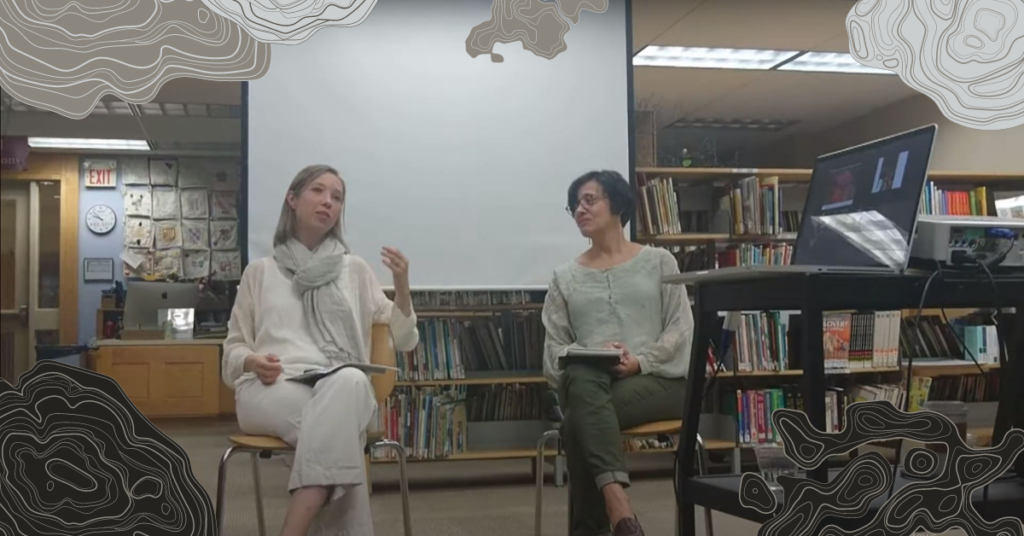Becoming a Pedagogist
College Professors: Actors¹ in Early Childhood Education
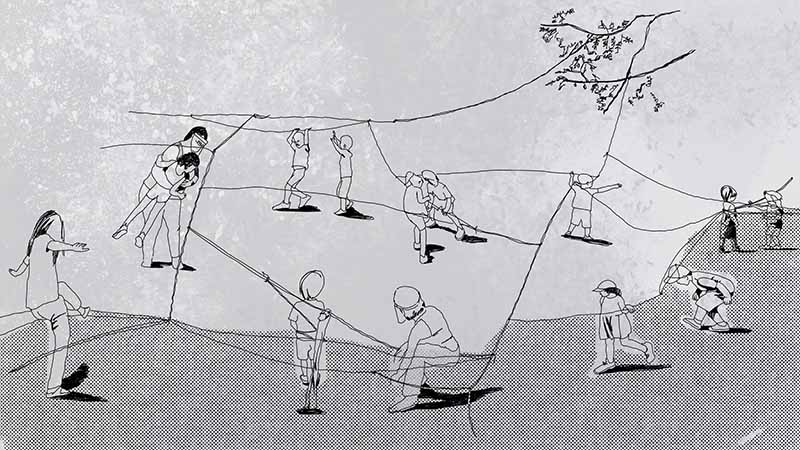

College Professors: Actors¹ in Early Childhood Education
Issue 5, Magazine, Pedagogist Discussions Issue 5, Uncategorized
September 2023
Returning as/with Post-Secondary Pedagogists
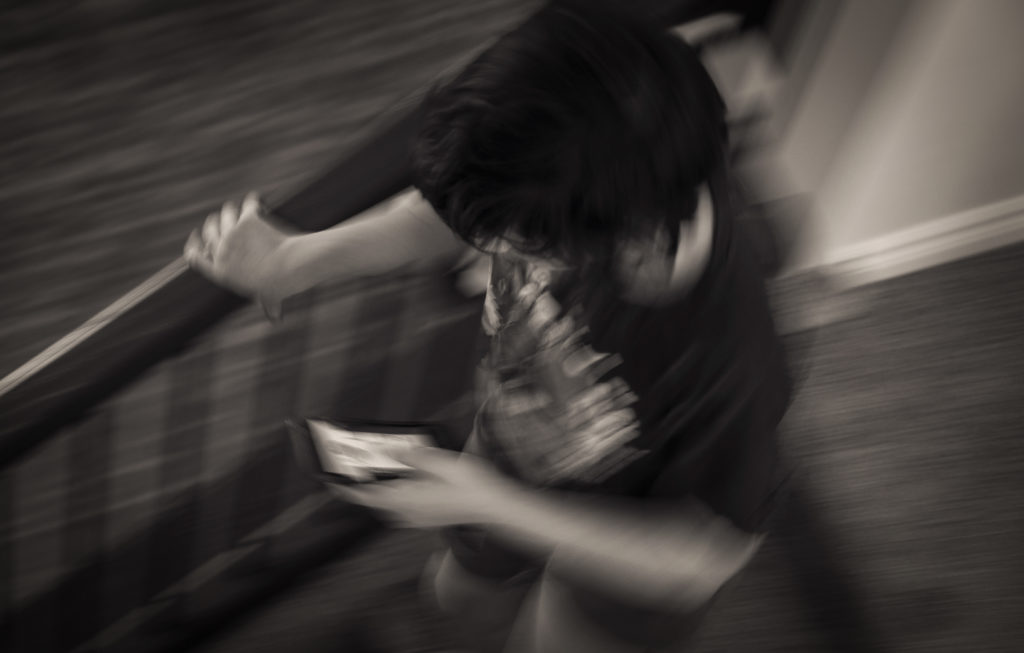

Returning as/with Post-Secondary Pedagogists
Issue 4, Magazine, Pedagogist Discussions Issue 4, Uncategorized
October 2022
On Inaugurating and Sustaining the Work of a Post Secondary Institution Pedagogist: Collectivity, In-Betweens, and Having a ‘Why’ – an interview with Bo Sun Kim


On Inaugurating and Sustaining the Work of a Post Secondary Institution Pedagogist: Collectivity, In-Betweens, and Having a ‘Why’ – an interview with Bo Sun Kim
Magazine, Pedagogists Discussions Issue 3, Uncategorized
June 2021
Journaling as a Choreographic Practice


Journaling as a Choreographic Practice
Magazine, Pedagogists Discussions Issue 3, Uncategorized
June 2021
Sweating the Fact(s) of my Body (+Mermaids) as a Pedagogist
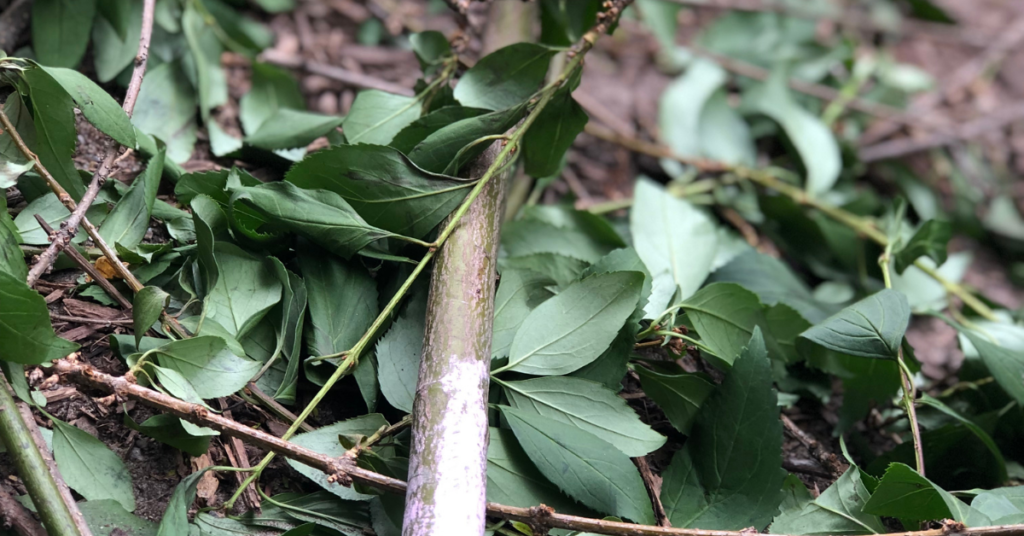

Sweating the Fact(s) of my Body (+Mermaids) as a Pedagogist
Essays Issue 2, Magazine, Uncategorized
March 2021
On Becoming a Pedagogist: Brief Thoughts on Pedagogical Documentation


On Becoming a Pedagogist: Brief Thoughts on Pedagogical Documentation
Essays Issue 2, Magazine, Uncategorized
March 2021
On Becoming a Post Secondary Pedagogist: Working with Students, Faculty, and Institutional Realities


On Becoming a Post Secondary Pedagogist: Working with Students, Faculty, and Institutional Realities
Magazine, Pedagogist Discussions Issue 2, Uncategorized
March 2021
On Early Childhood Education Encountering Pedagogy: An Interview with Veronica Pacini-Ketchabaw


On Early Childhood Education Encountering Pedagogy: An Interview with Veronica Pacini-Ketchabaw
Interviews Issue 1, Magazine
December 2020
Becoming a Pedagogist and Co-creating Pedagogical Processes


Becoming a Pedagogist and Co-creating Pedagogical Processes
Previous Exposures
May 2018
